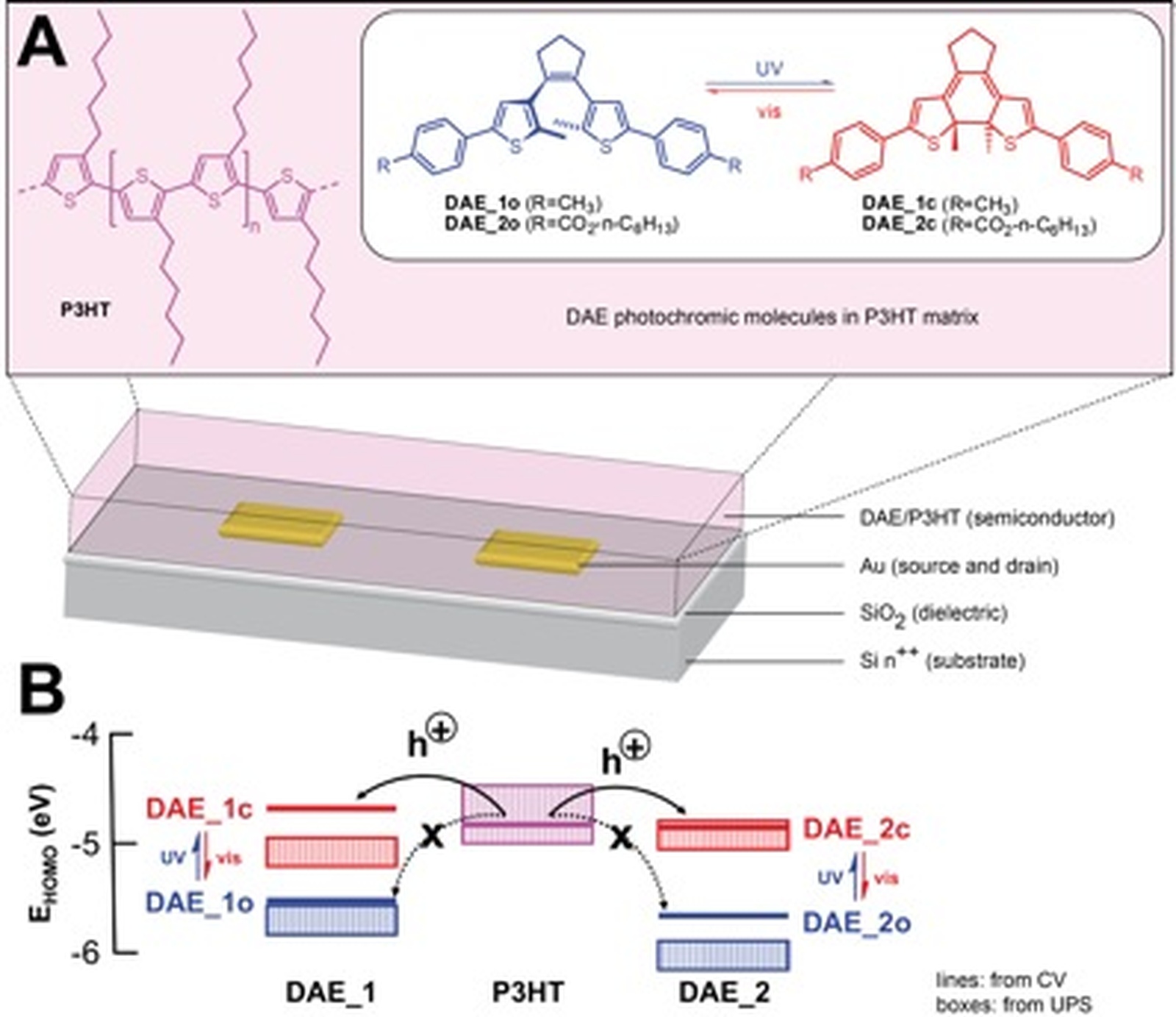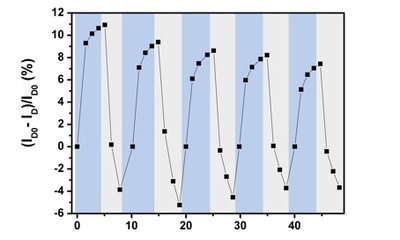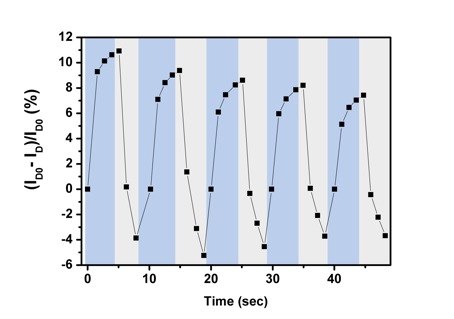Published paper in the Nature magazine establishes the key role of the University of Nova Gorica in the area of organic electronics
The researchers of the Laboratory for Organic Matter Physics, University of Nova Gorica Dr. Egon Pavlica and Prof. Dr. Gvido Bratina, together with colleagues from the University of Strasbourg, France, Humboldt University in Berlin, Germany and Stanford University, USA, have published an article in a prominent scientific journal Nature Chemistry on the June 24th.

In the published work, they have presented the principle of operation and fabrication of a bi-stable photo-activated switch, which is based on a blend of two different organic semiconductor materials (Nature Chemistry, (24th june 2012) doi: 10.1038/nchem.1384). The discovery joins together the functionality of electric charge transport and the sensitivity to light into a single active layer, reducing the size and the complexity of a photo-modulated switch. The researches in the published work have prepared the blend of two different organic semiconductors: a derivative of the diarylethene molecule and a polyhexylthiophene polymer. Such blends exhibit bi-stable nature of electrical conductivity, which can be modulated with the light illumination. The conductivity can be switched from non-conducting to conducting state, when the blend layer is illuminated with the light of specific wavelength. When the blend is illuminated with the light of different wavelength, the conductivity switches from conductive to non-conductive state. In order to prove the principle of operation, a photo-switchable organic thin-film transistor was fabricated. The device photoresponse was found to be in the microsecond range, and thus on a technologically relevant timescale. This modular blending approach allows for the convenient incorporation of various molecular components, which opens up perspectives on multifunctional devices and logic circuits.
In this work, the Slovenian scientists have strengthened the leading role of the Laboratory for Organic Matter Physics from the University of Nova Gorica in the field of organic semiconductors in Slovenia and in Europe. This area is one of the fastest growing in the world. Organic semiconductors are already penetrating into everyday life. Nowadays, many electronic devices, for example mobile phones, comprise a display, which is based on organic light emitting diodes (OLEDs). Besides, the Laboratory benefits from exploiting the international engagement and research orientation of the University of Nova Gorica, where educational activities are closely combined with the cutting-edge research on the field of environment, physics, advanced materials, molecular biology, human sciences and computer science. Also undergraduate students are intensively involved in these studies, which is unusual for the Slovenian higher education space.
The research group of prof. dr. Gvido Bratina is the first and the only Slovenian research group, which won a research project from the European Science Foundation. The project, which focuses on the one of the most interesting areas of the modern physics - graphene, involves five research groups from different European countries - among them there is a group associated with the Nobel Prize winner Konstantin Novoselov. Unfortunately, the Laboratory’s future in the Slovenian research area is dark, since the Slovenian Research Agency considers the research field of the group as irrelevant in the last few project calls.
Link to the article: http://www.nature.com/nchem/journal/vaop/ncurrent/full/nchem.1384.html


